Long overshadowed by Nebbiolo, Freisa is reclaiming its place among Piedmont’s prized native grapes. With a bold personality and growing support from pioneering winemakers, this once-overlooked variety is drawing new attention both at home and abroad.
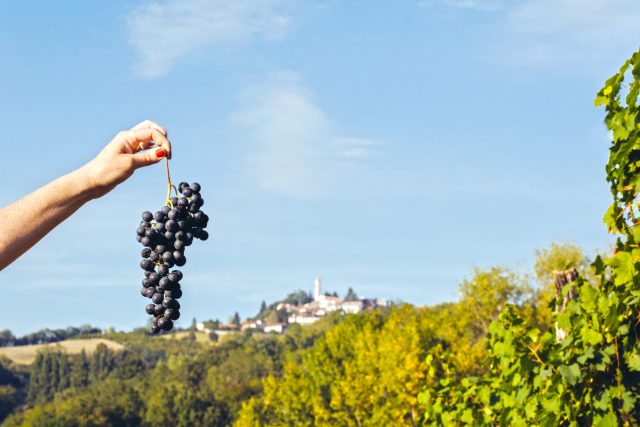
“Free climbing, paragliding through the Dolomites, surfing close to the reef,” this is how Giuseppe Vaira, winemaker at G.D. Vajra in Piedmont, describes the thrill and “heart-in-the-back-of-the-throat feeling” that comes with cultivating Freisa – a small but mighty Italian variety you might never have heard of.
A largely unsung red variety, Freisa is native to Piedmont – grown mostly in the Chieri, Monferrato and Langhe subregions – where it sits alongside Italian heavyweight and close relative Nebbiolo. Freisa produces a wine light ruby in colour, rich and perfumed with a typically sweet spice and red berry character, which fits given that its name comes from the Latin for strawberry, ‘fresia’.
Its high acid and tannin content make it suitable for longer ageing, and its potential for
lower ABV wines (typically 12.5%) also plays well with current trends. It’s versatile too, and is made into still, sweet and sparkling wines (frizzante and Spumante) that can range from dry to sweet.
It’s long been overshadowed by its bolder big brother, considered too rustic and tannic by some and lacking the potential for refinement. But there’s a lot to love, too, and as winemakers continue to embrace indigenous varieties, ancient grape varieties like Freisa are getting a second chance with a handful of producers working to put the grape back on the map. They include G.D. Vajra, La Borgarella, Giuseppe Mascarello, Vietti, Giacomo Fenocchio and Cascina Gilli, to name a few.
G.D. Vajra: leading the Freisa revival
G.D Varja has been bottling its flagship Freisa under the ‘Kyè’ label – a 100%
Freisa Langhe DOC – since 1990. “This is one of the ultimate Piedmontese grapes: incredibly complex to farm and ferment, racy and full of personality, boasting high malic acidity and intense tannins,” says Vaira. “Freisa is a grape that, regardless of its style, is awakening emotions and provoking the intelligence and senses of those who farm, make and drink it.”
Cascina Gilli, in the northern part of Piedmont’s Asti region, has been growing Freisa, along with other native varieties, since the 1980s. This month, it unveiled its first single vineyard Freisa – Freisa d’Asti Il Forno 2024 – a still wine made from 80-year-old Freisa vines at its Vigna del Forno vineyard. The grapes undergo a seven-day maceration on the skins, with frequent pump-overs to encourage colour extraction while controlling the release of tannins. The wine is then aged in steel tanks and bottled the following year. “For Il Forno 2024, we opted to slightly shorten the ageing period in steel,” explains Gianpiero Gerbi, winemaker at Cascina Gilli. “It was a deliberate decision, made to let the wine express its freshness, balance, and fruit, while leaving space for time to refine it naturally.”
The Vietti winery, founded in the late 1800s in the Langhe region, makes a 100% Freisa from the Langhe DOC. “Freisa is special because it has a very fresh, almost peppery nose that would make you think it is a simple wine, but then in the mouth the tannin is very present,” explains Eugenio Palumbo, winemaker at Vietti for the past 22 years. “This is what makes it unique.”
DOCs and the decline – and rebirth – of Freisa
Freisa has two DOCs dedicated to it – Freisa d’Asti (Asti province) and Freisa di Chieri (near Turin). The first was established in 1972, with Rosso, Superiore and Spumante wines required to be made from 100% Freisa. Freisa di Chieri DOC was established a year later and requires a minimum of 90% Freisa.
Back when these DOCs were formed, in the 1970s, there was reported to have been around 7,500 hectares of Freisa across Italy, largely around Turin, the capital city of Piedmont. In 2018, this was reported to have fallen to some 800 hectares, and now sits at around 1,000 hectares, the vast majority in the northwest.
Historically, its footprint waned due to competition from other grapes like Nebbiolo, Barbera and Dolcetto, and use in lower quality blends, tarnishing its reputation. It’s also not the easiest of grapes to cultivate. “Freisa has very long stems, which expose the grapes to the weather elements and, consequently, to a higher risk of losing yields,” explains Vaira. “In our eyes, this challenge is something we can only accept, not modify. This may explain why most of the Freisa vineyards in the region have long been uprooted, and why we admire and deeply respect all fellow vintners who don’t give up.”
Embracing Freisa’s distinct personality
Freisa is often considered the more wild and rustic version of the more refined Nebbiolo. But these characteristics are what make it special, argue those who make it. “At Vietti, we refine these characteristics by making two different vinifications: one traditional with de-stemmed grapes and normal processes to extract more color and tannin, the other with ‘whole grapes’ with which we are able to preserve many aromas (fresh and spicy) typical of the grape and at the same time have a very delicate tannic extraction,” says Palumbo.
More challenging will be promoting the variety to an international audience and carving a space for it outside of its native Italy; however, the US market is showing promising growth, says Palumbo. “The biggest challenge is to make this wine known,” he says. “The name abroad has for the moment little visibility and recognition, but we are sure that the increasing consumption of wines with less alcohol and more freshness will help us to increase sales and recognition.”
Sommeliers could play a key role, suggests Vaira, highlighting Freisa as a wine that pairs well with food and plays well in fine dining settings and independent wine shops. He’s hopeful that the support of capable sommeliers could “open a new window” on Freisa’s forgotten legacy. Producers have a steep hill to climb if international recognition is their goal, but Vaira is optimistic. “Freisa [thrives] on word of mouth and, just like all beautiful things, requires some patience and time to be discovered.”

 “Free climbing, paragliding through the Dolomites, surfing close to the reef,” this is how Giuseppe Vaira, winemaker at G.D. Vajra in Piedmont, describes the thrill and “heart-in-the-back-of-the-throat feeling” that comes with cultivating Freisa – a small but mighty Italian variety you might never have heard of.
A largely unsung red variety, Freisa is native to Piedmont – grown mostly in the Chieri, Monferrato and Langhe subregions – where it sits alongside Italian heavyweight and close relative Nebbiolo. Freisa produces a wine light ruby in colour, rich and perfumed with a typically sweet spice and red berry character, which fits given that its name comes from the Latin for strawberry, ‘fresia’.
Its high acid and tannin content make it suitable for longer ageing, and its potential for lower ABV wines (typically 12.5%) also plays well with current trends. It’s versatile too, and is made into still, sweet and sparkling wines (frizzante and Spumante) that can range from dry to sweet.
It’s long been overshadowed by its bolder big brother, considered too rustic and tannic by some and lacking the potential for refinement. But there’s a lot to love, too, and as winemakers continue to embrace indigenous varieties, ancient grape varieties like Freisa are getting a second chance with a handful of producers working to put the grape back on the map. They include G.D. Vajra, La Borgarella, Giuseppe Mascarello, Vietti, Giacomo Fenocchio and Cascina Gilli, to name a few.
“Free climbing, paragliding through the Dolomites, surfing close to the reef,” this is how Giuseppe Vaira, winemaker at G.D. Vajra in Piedmont, describes the thrill and “heart-in-the-back-of-the-throat feeling” that comes with cultivating Freisa – a small but mighty Italian variety you might never have heard of.
A largely unsung red variety, Freisa is native to Piedmont – grown mostly in the Chieri, Monferrato and Langhe subregions – where it sits alongside Italian heavyweight and close relative Nebbiolo. Freisa produces a wine light ruby in colour, rich and perfumed with a typically sweet spice and red berry character, which fits given that its name comes from the Latin for strawberry, ‘fresia’.
Its high acid and tannin content make it suitable for longer ageing, and its potential for lower ABV wines (typically 12.5%) also plays well with current trends. It’s versatile too, and is made into still, sweet and sparkling wines (frizzante and Spumante) that can range from dry to sweet.
It’s long been overshadowed by its bolder big brother, considered too rustic and tannic by some and lacking the potential for refinement. But there’s a lot to love, too, and as winemakers continue to embrace indigenous varieties, ancient grape varieties like Freisa are getting a second chance with a handful of producers working to put the grape back on the map. They include G.D. Vajra, La Borgarella, Giuseppe Mascarello, Vietti, Giacomo Fenocchio and Cascina Gilli, to name a few.




































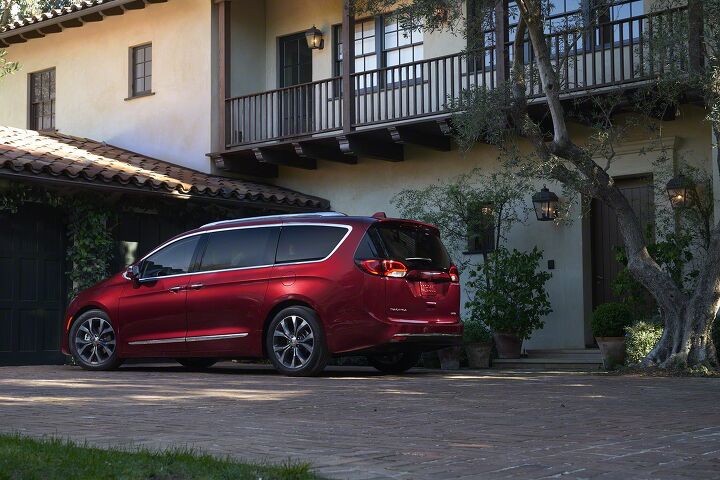


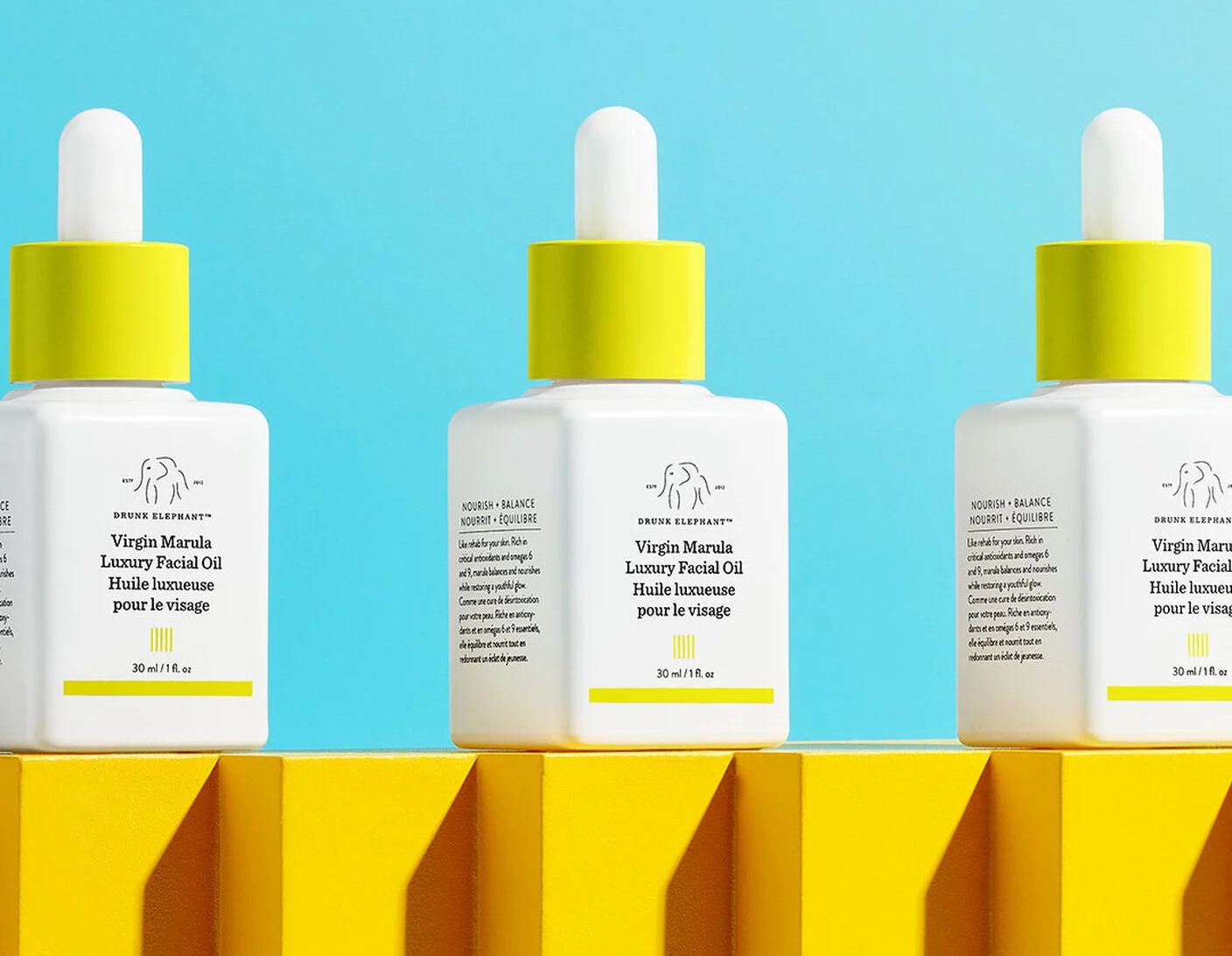




























![[Podcast] Behind the Breakthroughs: How Almac Powers Clinical Trial Success with Care](https://imgproxy.divecdn.com/5lAJkli_KcGt1FSsw4EaegjgP76IHREqYEWbhNBJOXw/g:ce/rs:fit:770:435/Z3M6Ly9kaXZlc2l0ZS1zdG9yYWdlL2RpdmVpbWFnZS9CaW9QaGFybWFEaXZlXzEzNDZfeF83MjlfQXJ0d29yay5qcGc=.webp)

















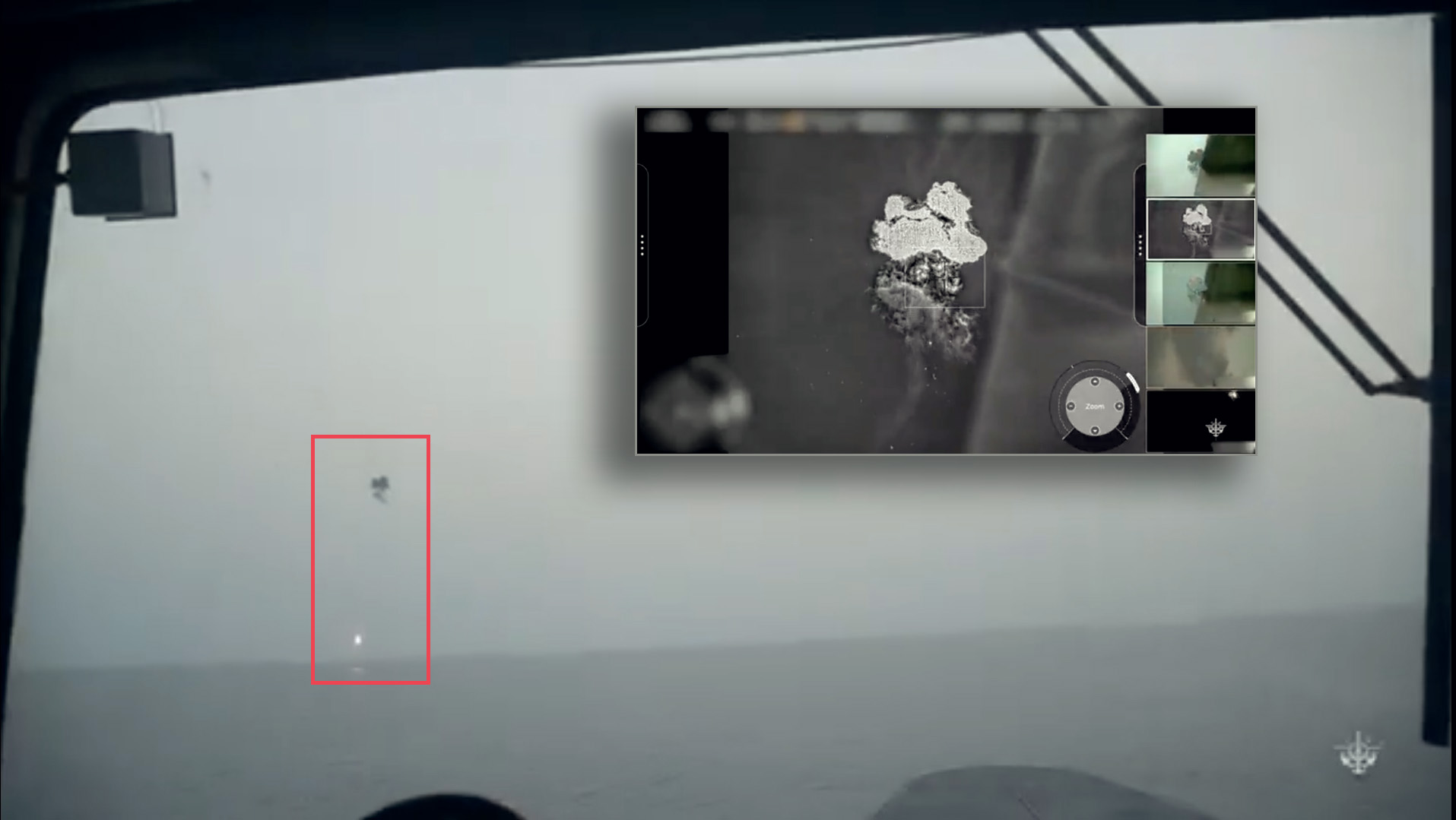



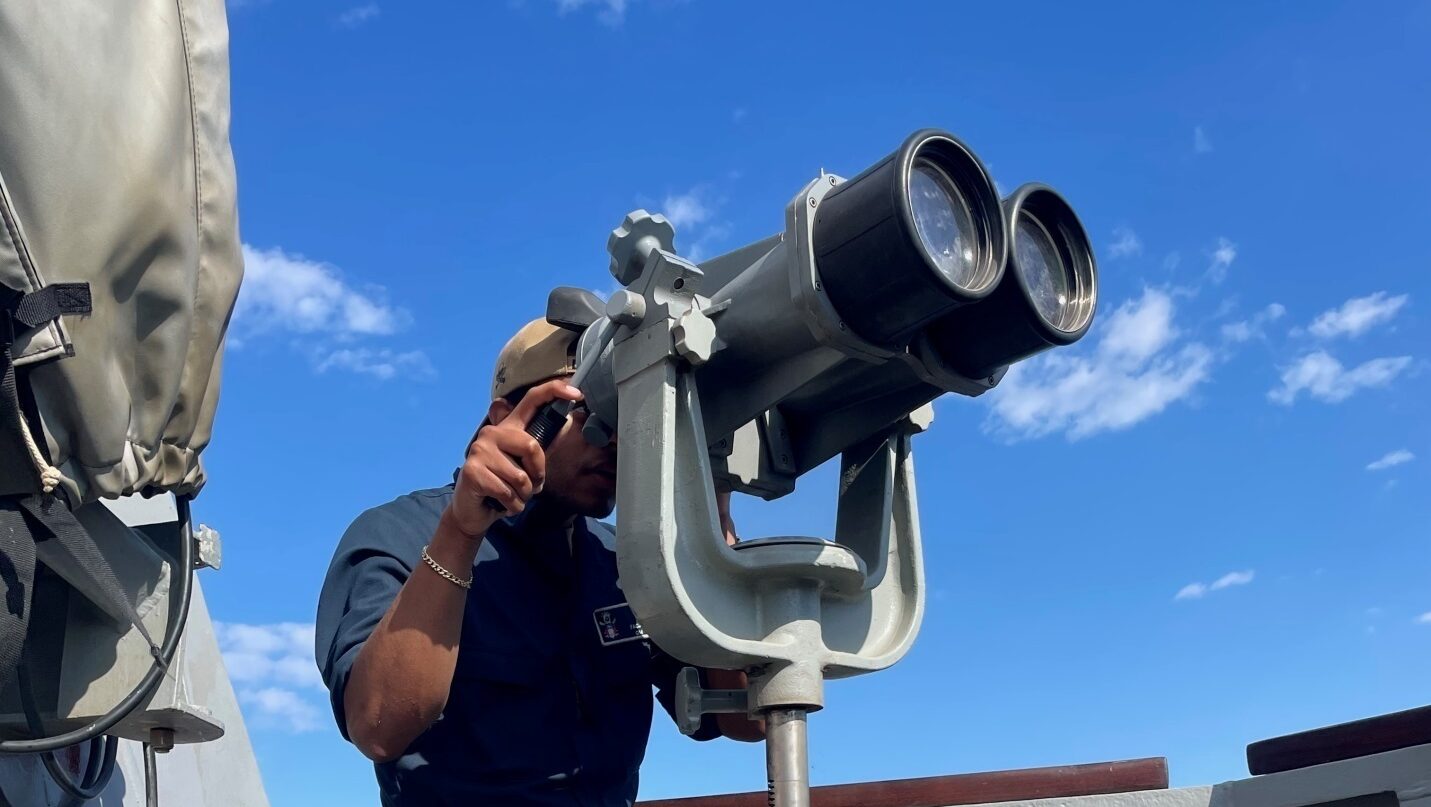
















































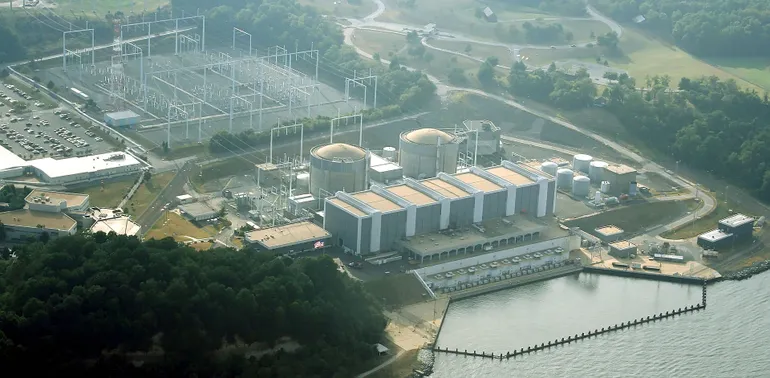









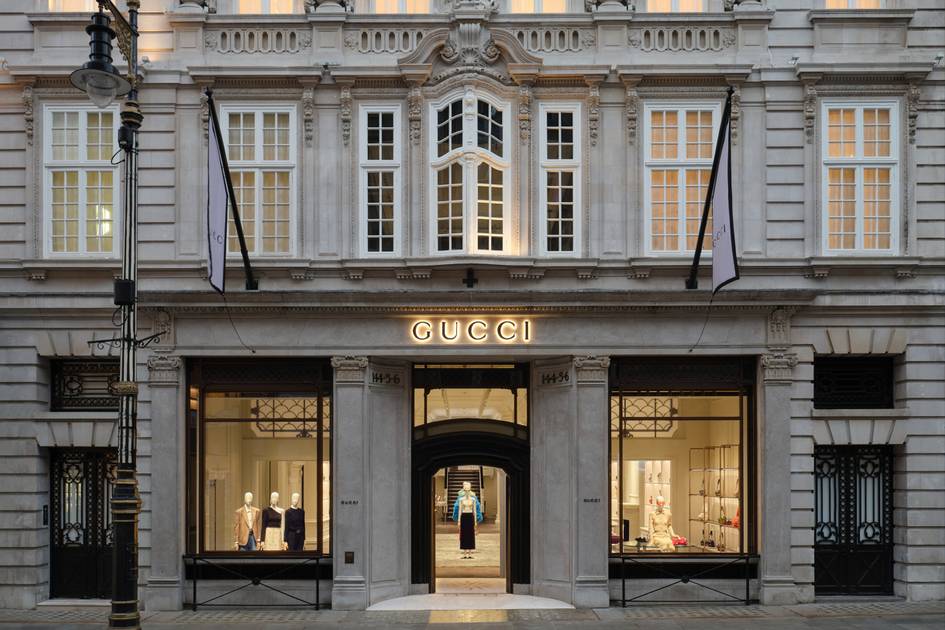

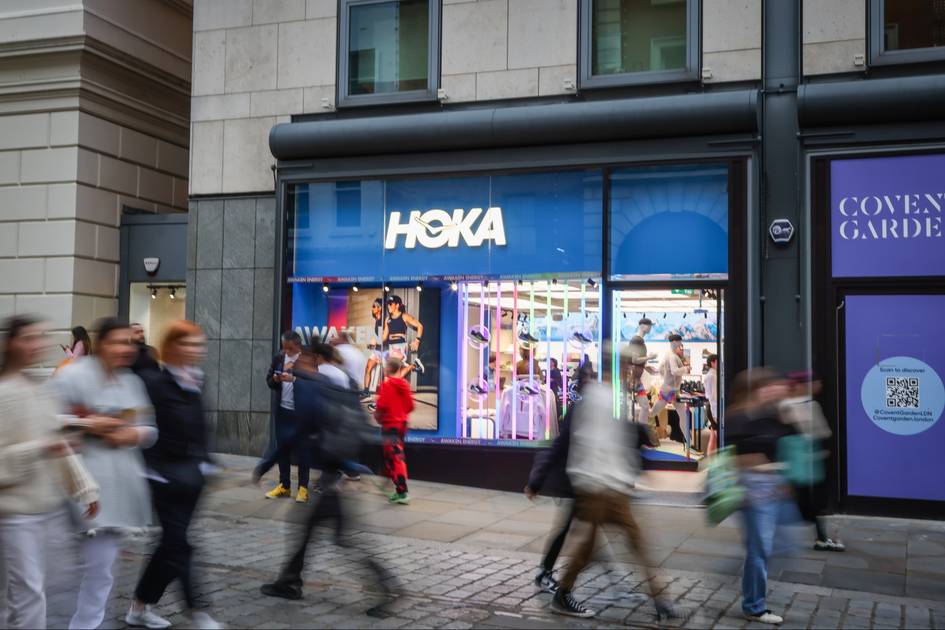


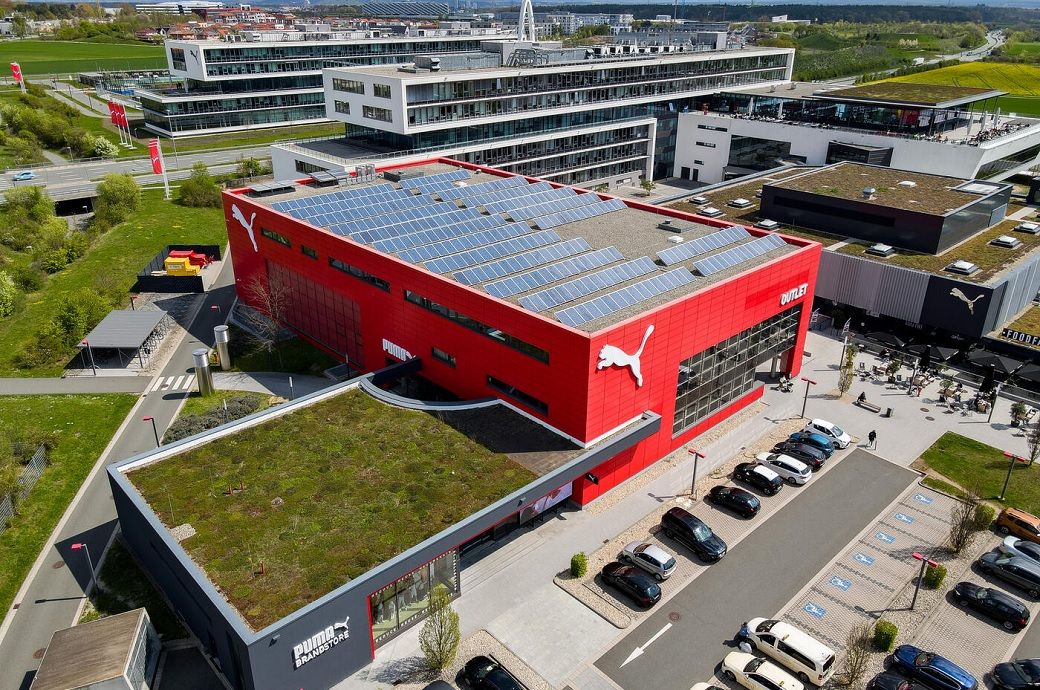








.jpg)







